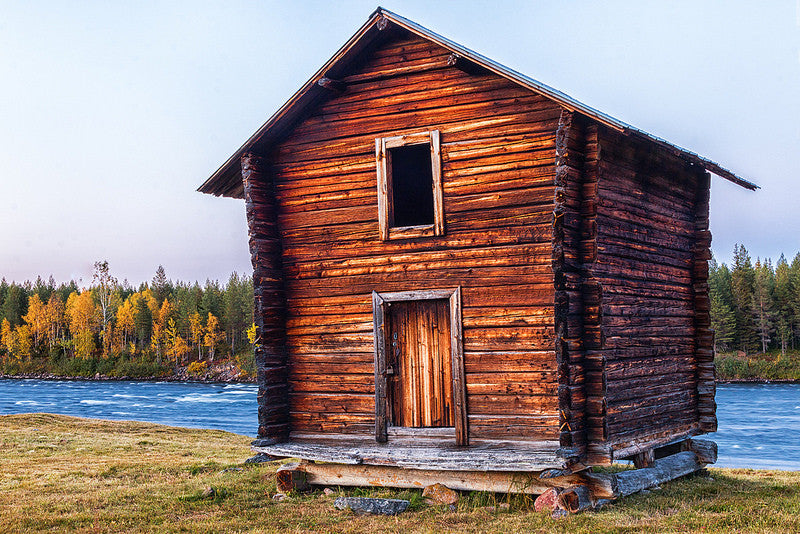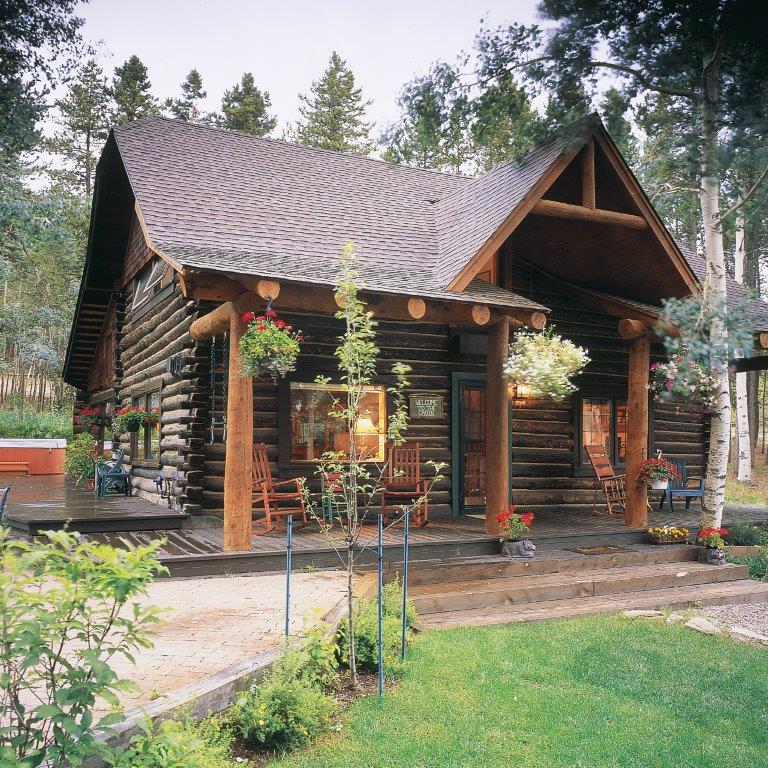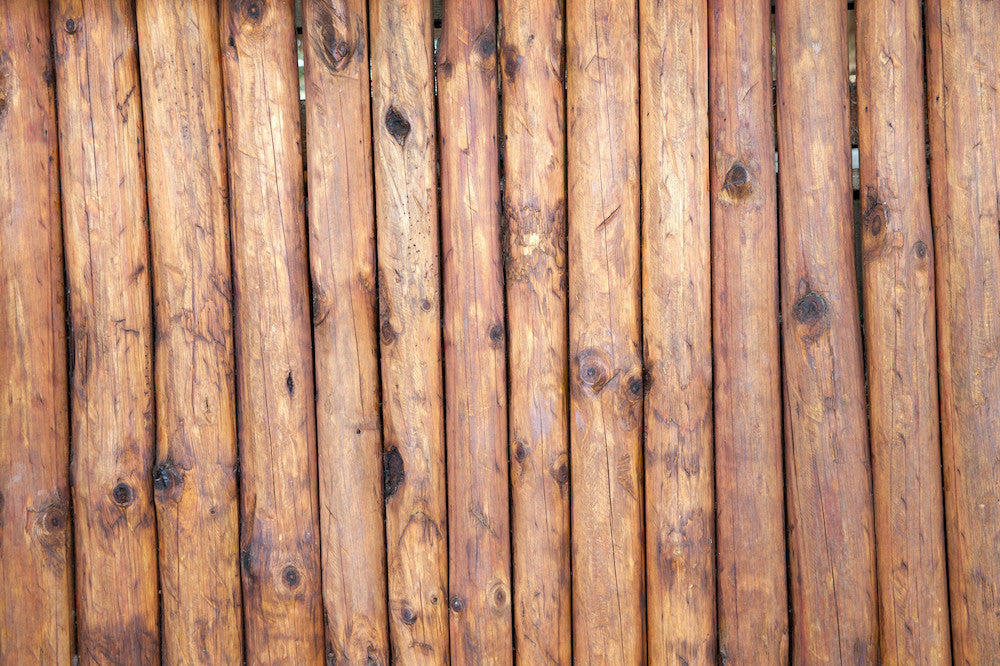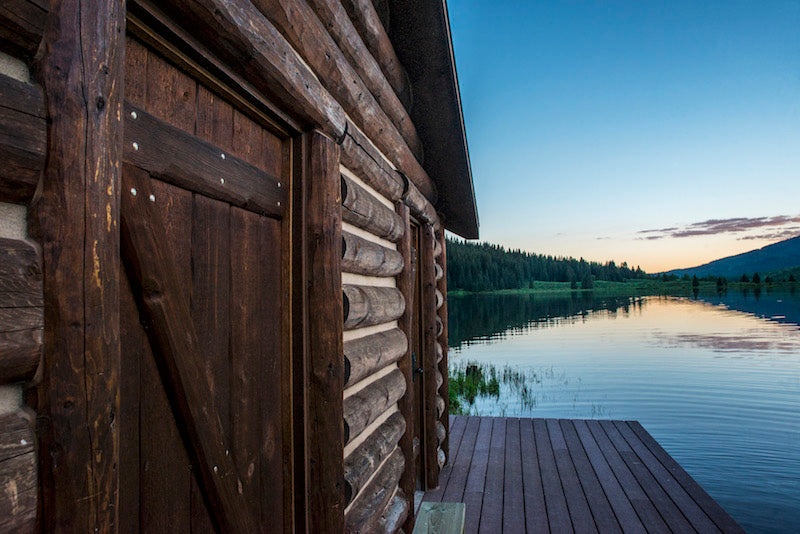Top 7 Ways to Protect Your Log Home from Pests

Log cabins are celebrated for their natural appearance and the rustic environment they create. Unfortunately, a wide variety of insects also appreciate this type of home, especially if it hasn't been sealed well. There's no need to let insects get the best of your house, though. From carpenter ants to termites to beetles, take a closer look at these seven effective ways to protect your home from pests.
Find and Repair Rotten Wood
When your home relies on the amount of wood that a log cabin does, you're likely to encounter rotten areas from time to time. If you're not sure whether your home suffers from rotten wood, carpenter ants are sure signs of a problem. While these ants thrive in wooded environments, they can't tunnel through solid wood. Instead, they look for rotting materials.
To locate the carpenter ants and move them back outside where they belong, you'll need to find the rotten areas. Keep an eye out for small piles of sawdust they've left behind, or set a trap to bait them. Then repair or replace the rotten areas yourself or call an experienced professional to complete more extensive log home restoration.
Seal Cracks and Holes
If you have a newer log home, you might assume that your home is properly sealed. Like many traditional homes, however, log cabins are susceptible to leaks and cracks around the attic, windows, and doorframes. Log homes may also have extensive cracks between log courses, especially if the chinking has started to break down over time. If your cabin is home to any variety of flat-headed wood borers, long-horned beetles, powderpost beetles, or similar pests, you may also spot visible holes in your home's exterior.
You can typically address leaks and cracks by applying caulk around windows, doorframes, and areas where the wall meets the ceiling or floor. Caulk often seals holes left behind by boring insects, too. If your log home chinking has begun to crumble or wear away, redo it as a DIY project or hire an expert.
Inspect the Roof
Just like with any home, you'll need to replace the roof on your log cabin every so often. While newer roofs will generally keep out rain, elements, and pests, older roofs are often designed in such a way that cluster flies and other winged pests can easily enter. If you've spotted one or more cluster flies buzzing around your home, you'll want to have the roof inspected right away.
Ask your contractor to look at the roof's plywood joints or similar areas of connection. If they're not completely sealed or if the sealant has eroded away, they'll need to be caulked again using high-quality log home supplies. Consider adding this task to your regular log home maintenance checklist and have the roof seals inspected each fall to ensure that no cluster flies infiltrate your home.
Fix Leaky Pipes
From the bathroom to the kitchen to the basement, most homeowners have encountered leaky pipes at some point in their lives. Leaks can lead to water damage in any kind of home, but in log cabins, they can also cause insect problems.
Carpenter ants are frequently attracted to leaks and damaged areas. If you spot any of these insects near known plumbing problems, place a borate product in the vicinity to address the infestation. Ants commonly take borate products back to their nests effectively eliminating all of the insects. To get rid of the water problem and lower the chances of another ant colony moving in, take on a log home repair project and fix the leaky pipe.
Keep the Foundation Dry
Even if you excel at keeping your home's interior dry, an exterior or foundation that's constantly damp can lead to trouble. In fact, damp foundations can attract termites, which can quietly work their way into your home, causing extensive damage to the wood.
Fortunately, signs of termites are easy to spot if you know where to look. Seek out narrow mud tubes leading from the ground and directly up walls and other vertical surfaces. Since termite damage can be tough to detect and the insects are difficult to eliminate, call a professional to get the job done. Most termite experts will recommend injecting an insecticide around the foundation of your log cabin to prevent these insects from returning for more.
Look for Nests
Carpenter bees are known for their ability to drill into wooden surfaces and create extensive tunnels inside. Since these tunnels can be several feet long in order to protect the nest, it's not always easy to find where these insects live. Like carpenter ants, however, bees create small piles of sawdust at their tunnel entrances. Look for signs of sawdust, pollen deposits, and trails of buzzing insects to find carpenter bees' nests.
To address a minor bee problem, a common insecticide will keep these insects away. If you detect a larger infestation, you'll want to head to your local log home store or hardware store for a more powerful insecticide. Spray the carpenter bee deterrent into the tunnel and nest areas, and consider following up with a borate product if necessary. Remember to seal the holes in late summer or early fall to prevent additional problems.
Refinish Your Log Home
Both new and vintage homes can develop pest problems if they haven't been finished properly. Most log home stains add a hint of color and preserve the wood at the same time, but some products require a few distinct steps. To ensure that your log home finishing process is as effective as possible, apply a log cabin stain that keeps out water, mold, and insects. Complete the process by adding a finish coat that repels water, reflects ultraviolet rays, and prevents insects from entering your log home in the first place.
Whether you've already experienced an insect infestation in your home or you want to prevent one from ever happening, these seven strategies can help keep insects out. Follow these tips to protect your log cabin from termites, beetles, ants, and other common pests.
Image via Flickr by Nicklas Lundqvist




